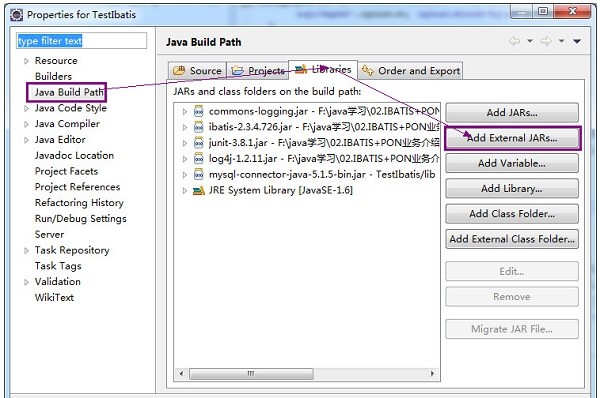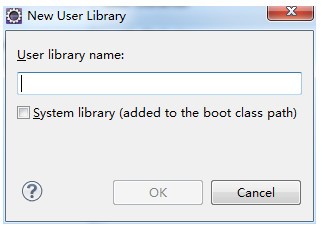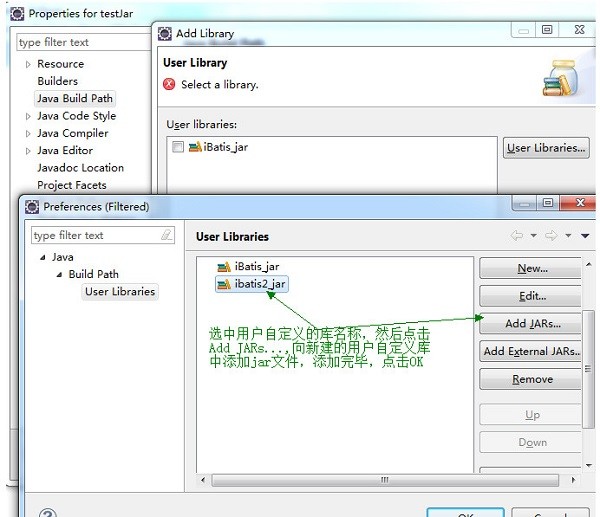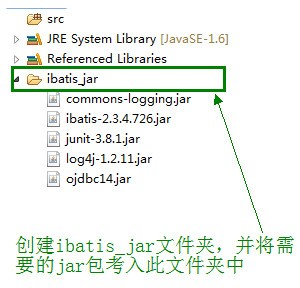
Notes on standard.jar package
The use of all Jar packages is based on JDK. Users who do not have JDK installed can download it.
How to use standard.jar package
(Because everyone uses jar files for different purposes, three methods of importing jars are recommended for users to choose from)
Method 1: If you need to use this jar package frequently
The most commonly used common operation method: basic steps
Right-click "Project" → Select Properties, select Java Build Path in the list on the left side of the pop-up dialog box, as shown in the figure below: Select Add External JARs to add third-party reference jar packages one by one (you can also select multiple jars, but they are limited to the same folder).

The above operation is universal, but every time you create a project, you need to reintroduce the Jar package, and the Jar package is not reusable.
Method 2: Only use it once or twice, it is the fastest but may cause damage
How to operate the fast version: User Jar package type
Right-click "Project" → select Properties, select Java Build Path in the list on the left side of the pop-up dialog box, and the dialog box as shown above will pop up. Here, select "Add Library", and the dialog box as shown below will pop up, select "User Library", and then select → Next

In the dialog box that appears, you can select the user-defined library that has been created, or you can select User Libraries. In the new dialog box that pops up, select "New" to create a new user-defined library.

In the user-defined library to be created, enter the name of the new custom library,

Then add the required Jar package for the new library

After adding user-defined libraries according to the above steps, you can reuse these defined User Libraries in the future to save time for development.
Method Three: Slower, but can effectively protect files
How to operate the quick version: Folder import type
In the project, create a new folder (eg:ibatis_jar), as shown in the figure below. In this example, the ibatis_jar folder is created, and the third-party jar package required for project development is copied to the folder.

Select the jar package that needs to be added to the project, right-click and select "Build PathàAdd to Build Path", so that the Jar package is successfully imported into the project.

With the accumulation of experience, you will have a deeper understanding of the differences between the various ways of introducing jar packages into Eclipse!
standard.jar update log
1. The details are more outstanding!
2.BUG gone without a trace
Huajun editor recommends:
After so many years of updates and optimizations, standard.jar has become more user-friendly and more technological. It is highly recommended to everyone and you are welcome to download it. Those who are interested can also downloadApache Tomcat.

































Useful
Useful
Useful